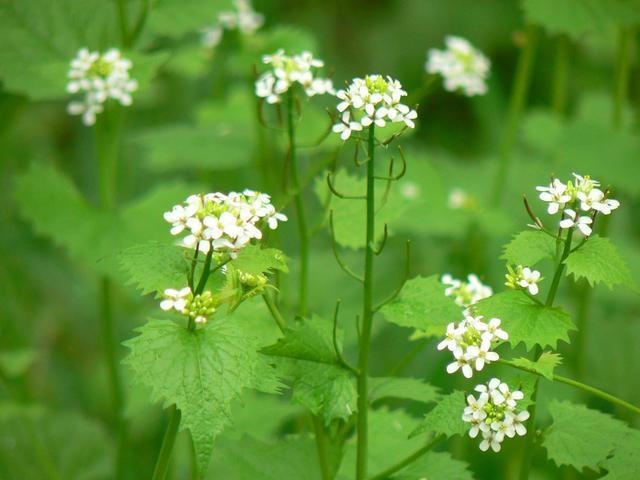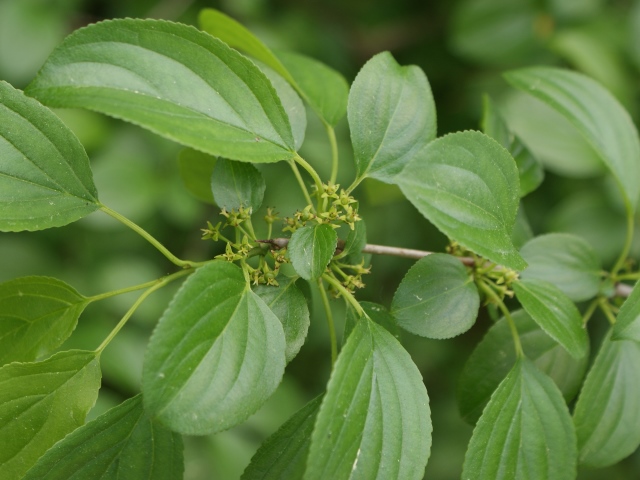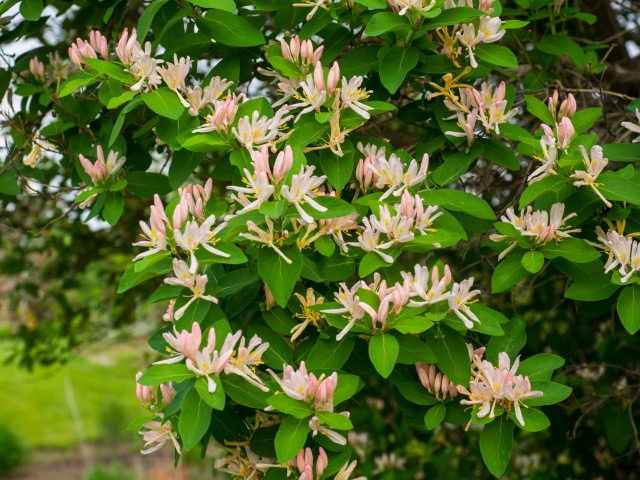Plant Habitat, not Invasive Plants!
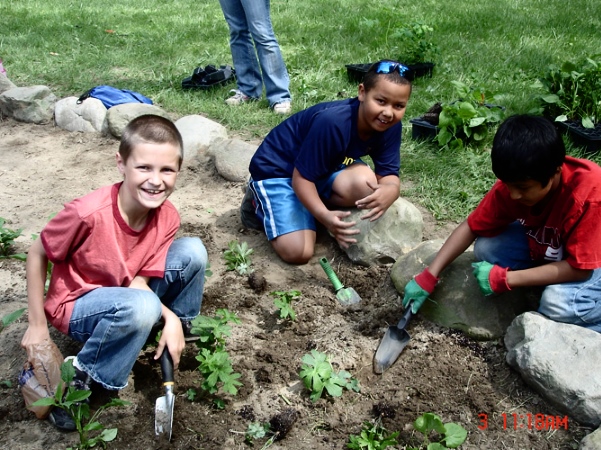
Plant habitat by adding more diversity to your home landscape! In addition to seeing more butterflies and hummingbirds and supporting pollinators, you might also enjoy some of the benefits below:
- Trees: cut hot summer temps inside your home and in your backyard.
- Shrubs: best for birds! Most suburbs have few shrubs, which provide valuable nesting space.
- Grasses: bunchgrasses like little bluestem or switchgrass create strong winter interest in gardens
- Flowers: pro-pollinator!
WEB ACTION RESOURCES
Don’t plant a pest
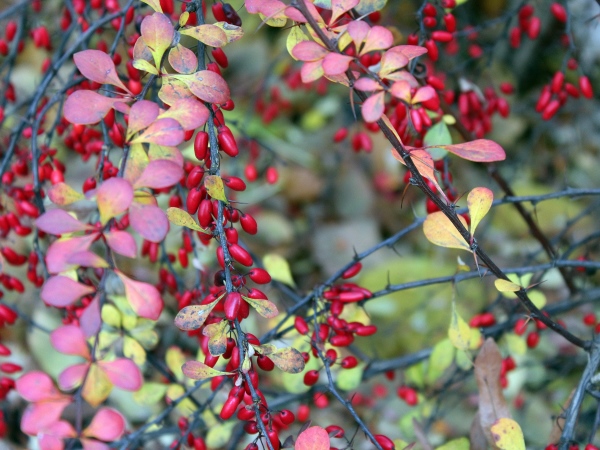
Most invasive plants arrived by way of our gardens, planted for their hardiness or beauty. Many invasive plants are still available for purchase. As climate change progresses, what plants that are invasive in warmer regions will become more invasive in southeast Michigan? Learn more by watching the video below

Before you go shopping for plants, print and carry this guide to alternatives to invasive ornamental plants, or download the free app “Landscape Alternatives for Invasive Plants of the Midwest” available for iOS or Android through your app store.
Support control efforts, at home and in your community.
The Big Four Rouge Invasive Plants
Please review the species below and remove them from your yard. Press each photo to learn more about the plant.
At Home
- Learn to identify the plants in your yard.
- Check out Oakland County CISMA site for common invasives
- Download or buy the Field Guide to Invasive Plants in Michigan’s Natural Communities
- Explore free online species training courses
- For your typical small lot, once you’ve identified plants in your yard…
- Participate in Restoration Events or other volunteer events to learn effective control methods
- Visit the Michigan DNR website to learn more about how to effectively manage invasive species
- For larger, rural lots, take the time to develop (or hire a consultant to develop) a restoration plan. If that plan includes invasive species control efforts, make sure that the plan provides realistic steps for long-term success, including recommendations for how to promote beneficial species to grow in place of the invasive species removed.

In Your Community
- Report invasive species in natural areas by visiting the Midwest Invasive Species Information Network
- Participate in Restoration Events to learn more about changes in natural areas in your region and to help restore them.
Beware of Invasive Frog-bit
In continuation of a project with Oakland County’s Cooperative Invasive Species Management Area (OC CISMA) begun in 2020, FOTR’s Education and Monitoring Assistant Samantha Davis and two interns, Miriam Cabrera-Avalos and Cooper Hall (pictured above), surveyed ponds and wetlands around Novi and Northville for European Frog-bit, an invasive aquatic plant. First observed in Novi in 2019, Frog-bit can form dense mats that degrade habitat, block sunlight and rob ponds and lakes of oxygen. FOTR’s role in the project was to look for any spread of this species so that OC CISMA could eradicate it before it got a foot hold.
Working during June and July, the team surveyed more than 110 points in ponds, lakes and streams. While no Frog-bit was found during the first year’s surveys, the team observed new Frog-bit populations in approximately seven bodies of water near Beck Rd. & 10 Mile Rd during the second year. If you live in the area, please take some time to get to know this new invader and contact us right away if you think you might have some in your pond or lake.
Categories
-
Our WorkShort description about the category for context.

